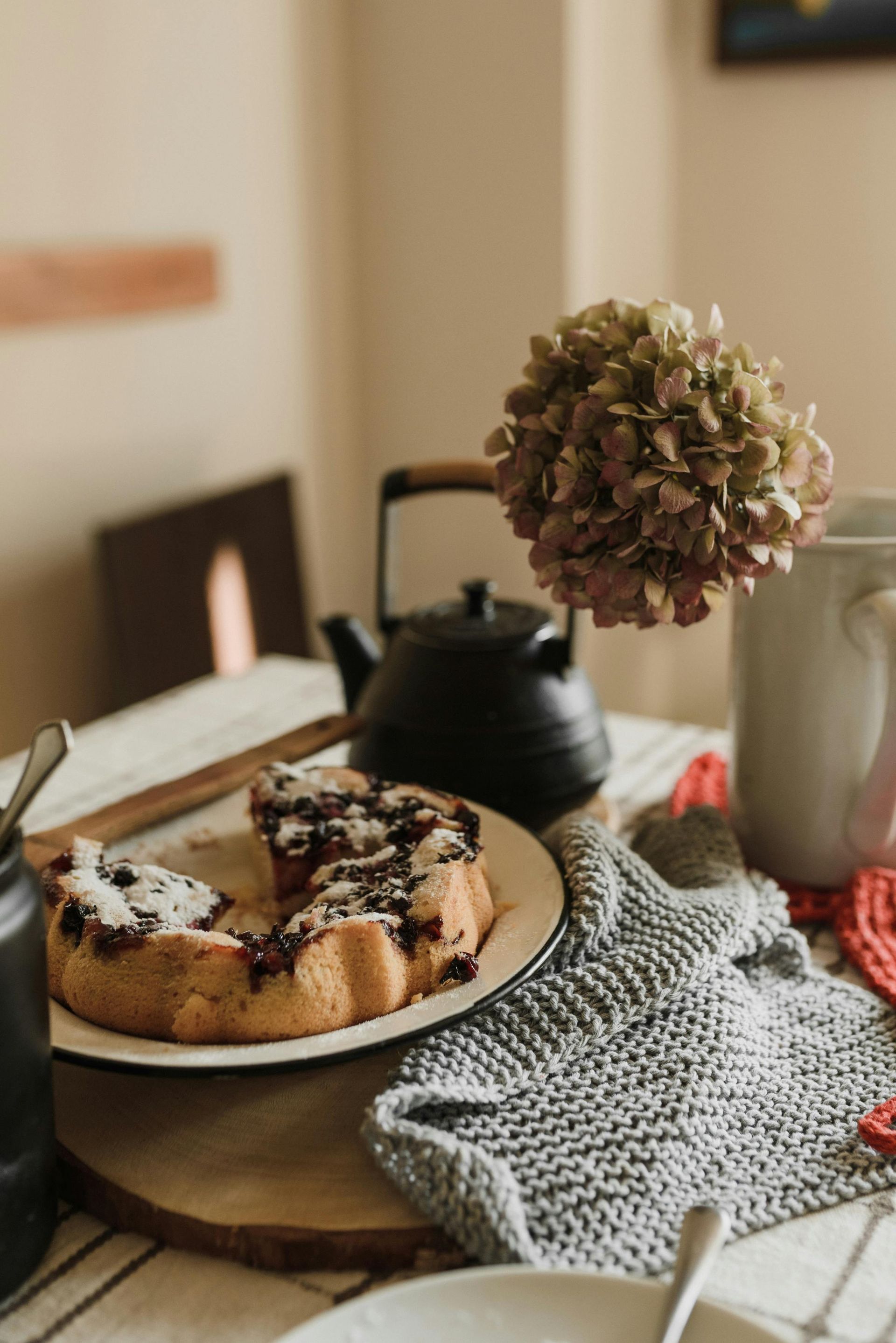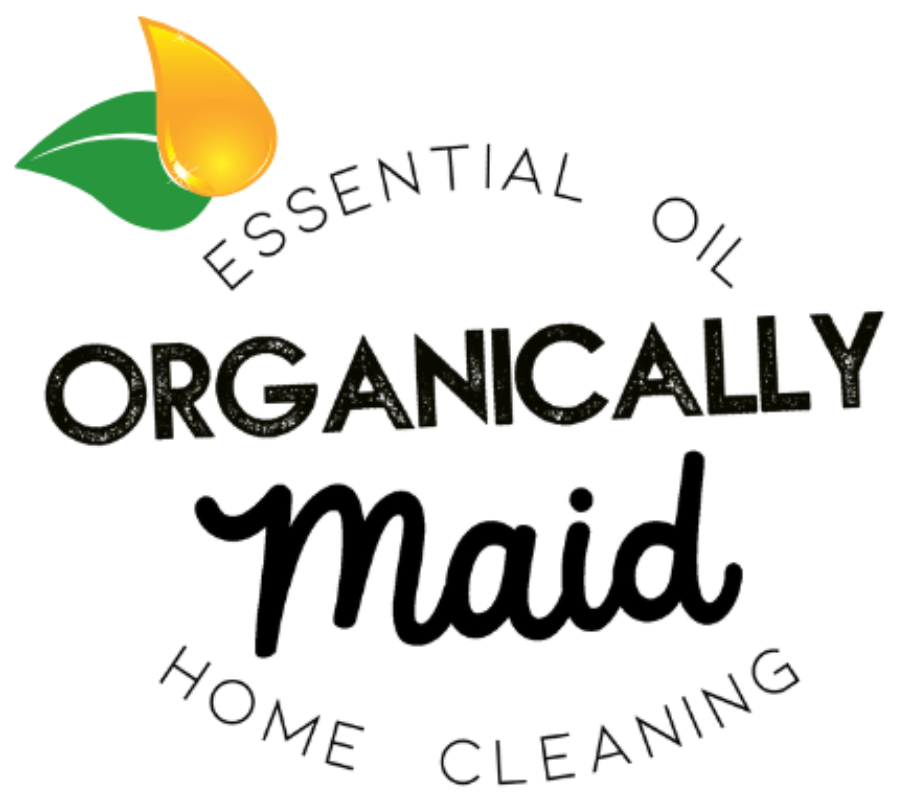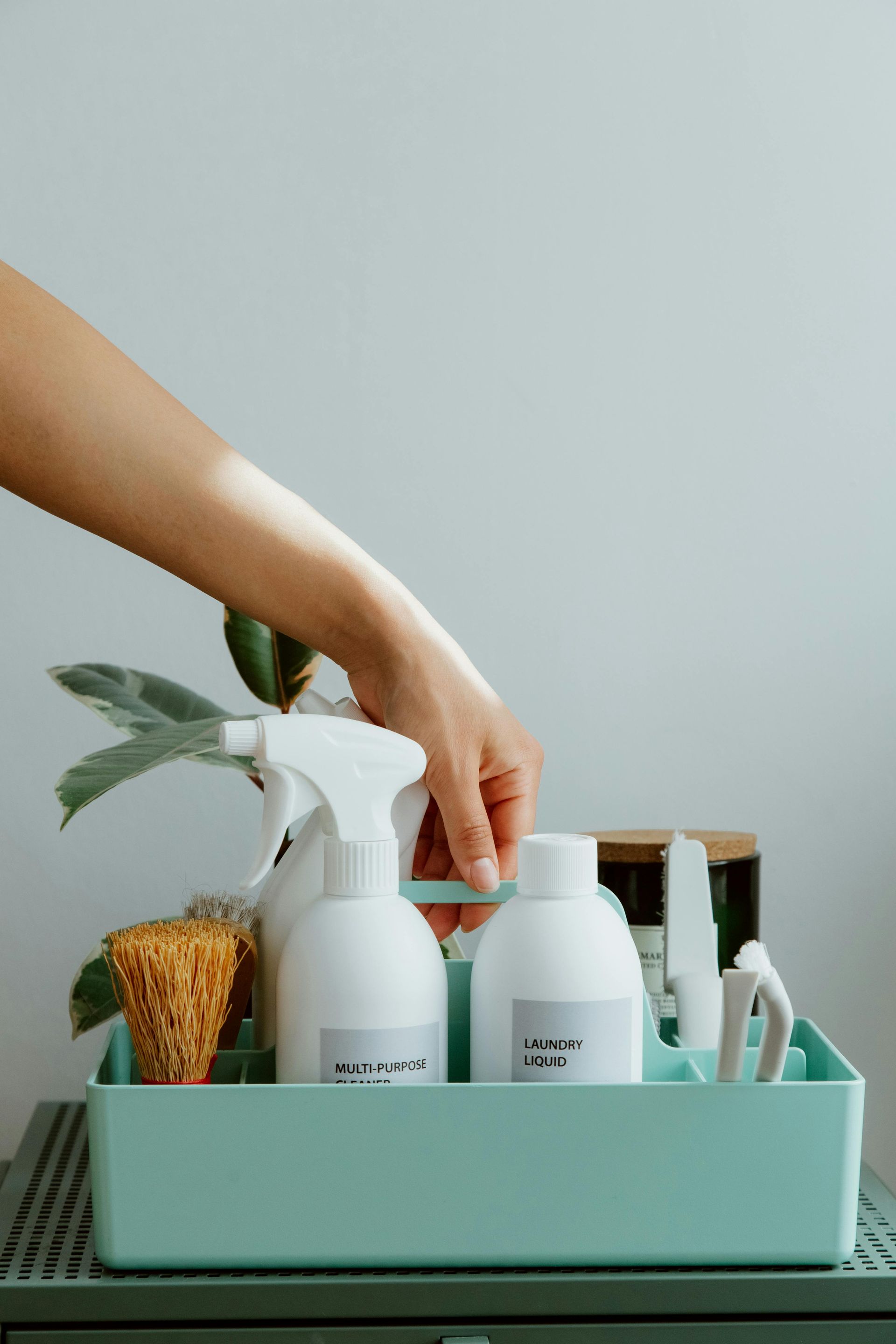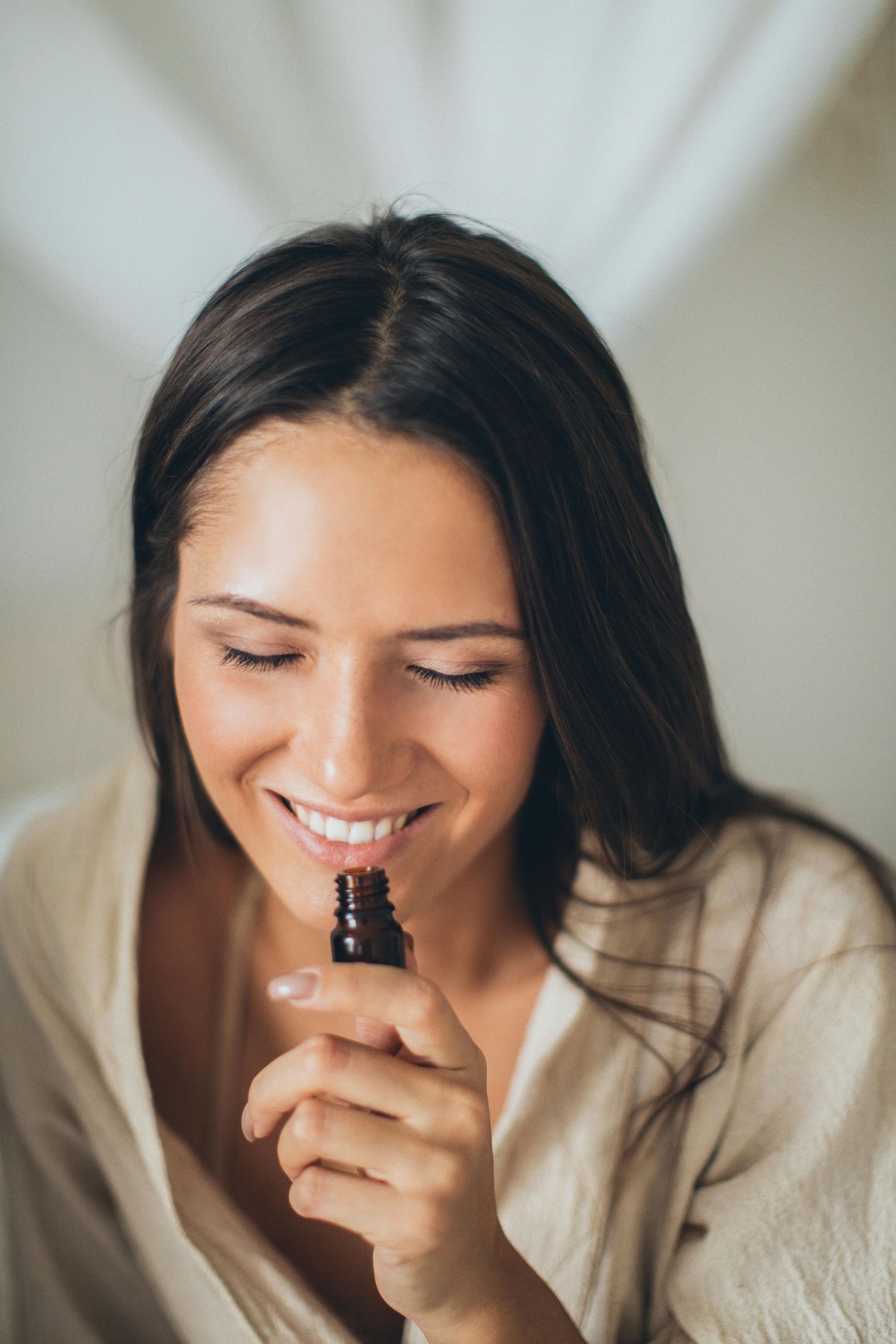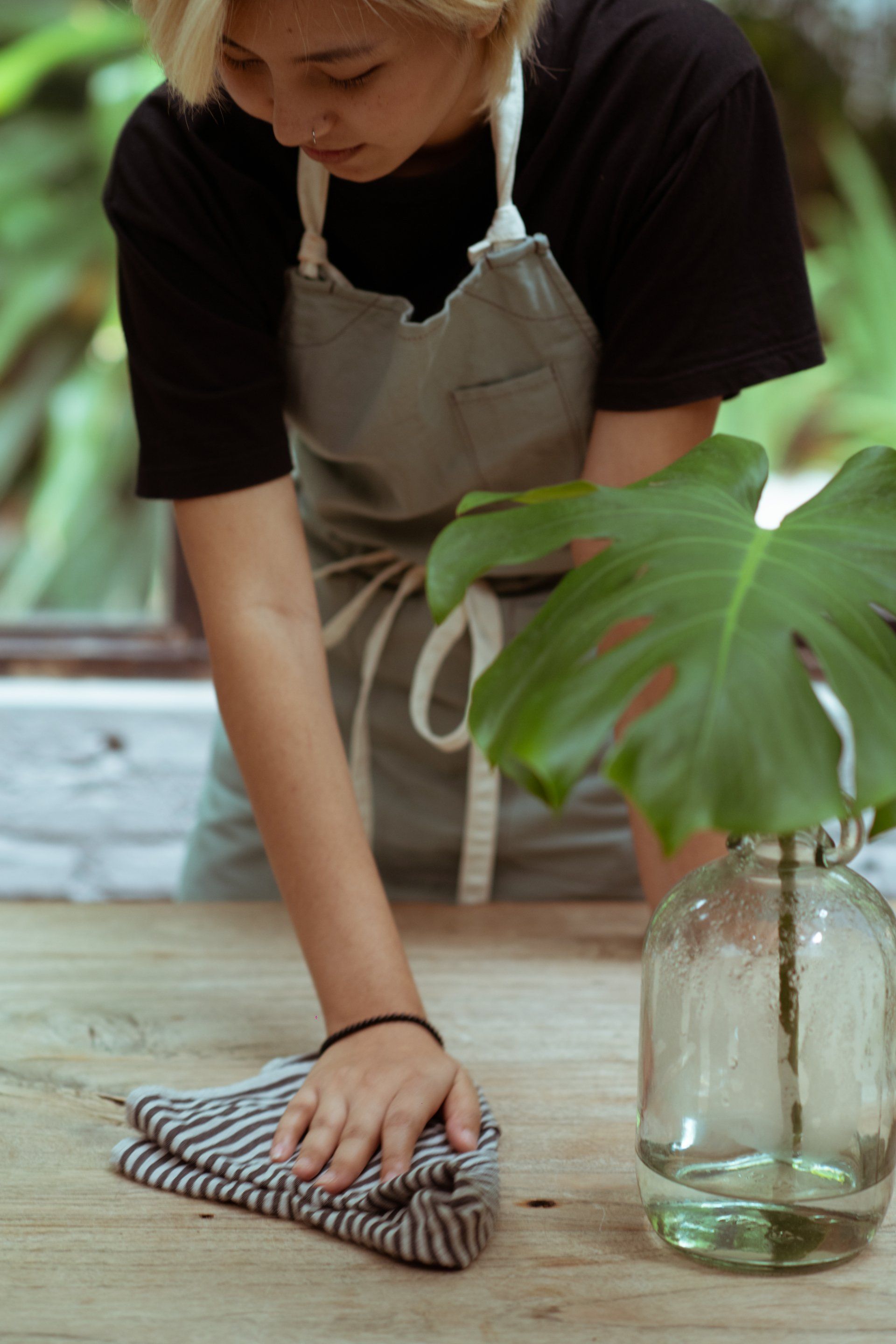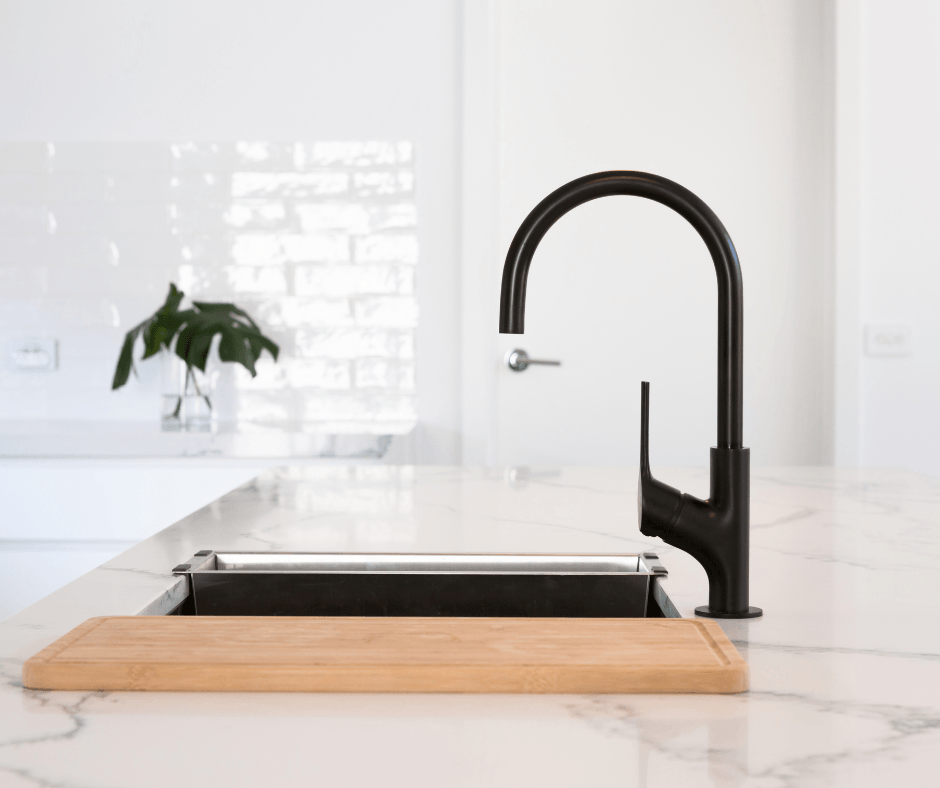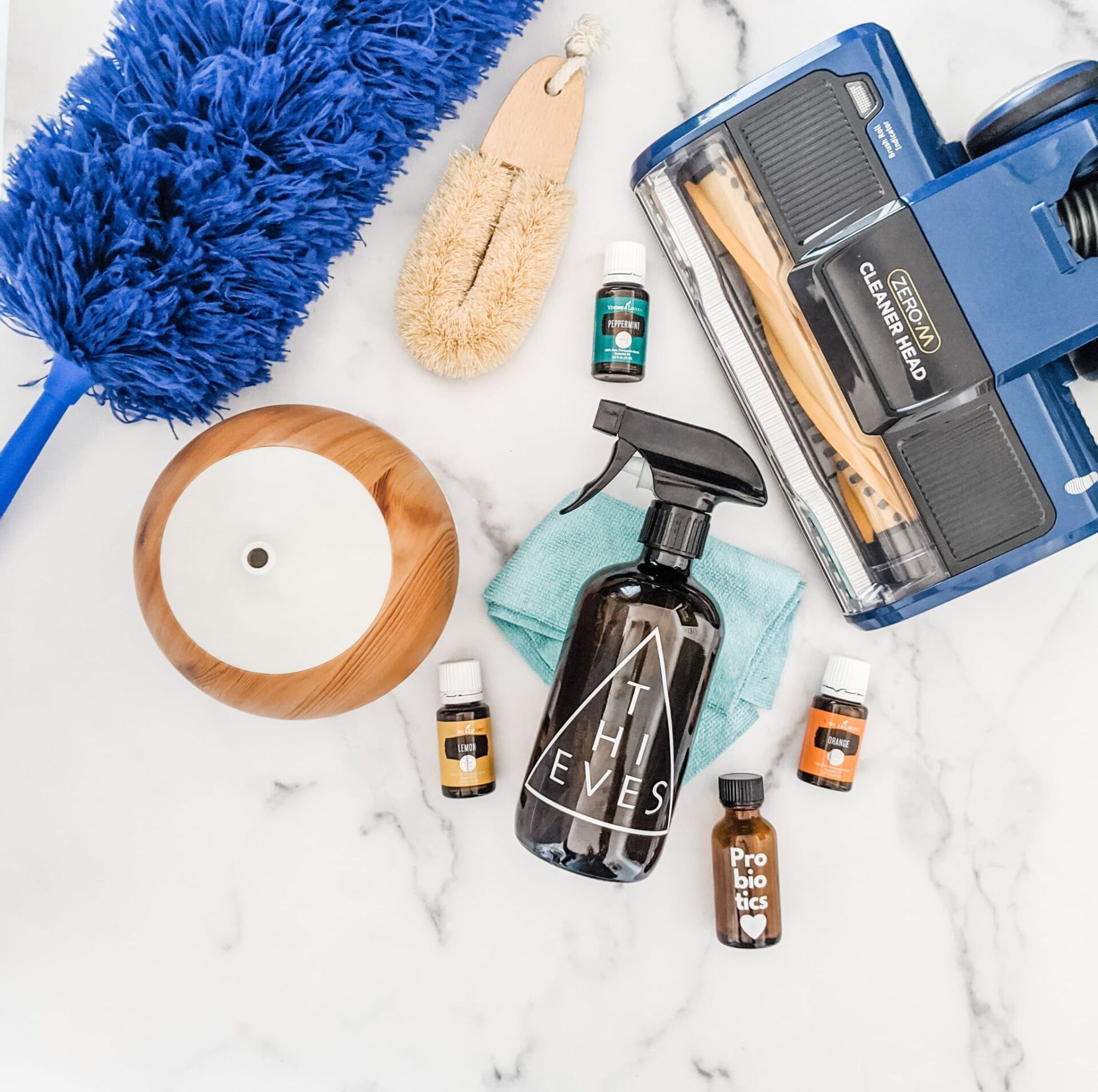Organic Cleaning for Beginners
Where to Start Your Green Journey

Starting your green journey toward organic cleaning is not only beneficial for your home but also for your health and the environment. Transitioning from conventional cleaning products to organic alternatives may feel overwhelming at first, but it doesn’t have to be. With simple steps, you can switch to effective, eco-friendly solutions that promote a healthier living space. Here’s how to begin your journey into organic cleaning.
Understand Why Organic Cleaning Matters
The first step is understanding the "why" behind the shift to organic cleaning. Conventional cleaning products often contain harmful chemicals like ammonia, bleach, and synthetic fragrances, which can negatively impact indoor air quality and pose health risks. Organic cleaning focuses on using natural, non-toxic ingredients that are just as effective at cleaning but without the harmful side effects.
Benefits of organic cleaning include:
- Reducing exposure to allergens and toxins
- Improving indoor air quality
- Minimizing environmental impact by reducing chemical waste
Start Small: Swap Out One Product at a Time
You don’t need to replace all your cleaning supplies at once. Start by swapping out a few commonly used items for organic alternatives. Choose products that align with your cleaning needs and focus on high-traffic areas like the kitchen and bathroom. For example:
- Replace your multi-surface cleaner with an organic, all-purpose cleaner made from natural ingredients.
- Swap out chemical-laden glass cleaner with a homemade solution of vinegar and water.
- Opt for plant-based dish soap instead of one containing sulfates and artificial fragrances.
Read Labels and Choose Certified Products
One of the most important steps in organic cleaning is learning how to read product labels. Not all cleaning products that claim to be "green" are truly organic. Look for certifications like USDA Organic, ECOCERT, or labels that list non-toxic, biodegradable ingredients. Avoid products with the following:
- Synthetic fragrances
- Parabens and phthalates
- Artificial dyes
Check out this post:
https://www.organicallymaidcleaning.com/understanding-labels
DIY Your Own Organic Cleaners
Making your own organic cleaning products is a cost-effective and sustainable way to embrace green cleaning. Many DIY recipes use common household ingredients like vinegar, baking soda, and essential oils, which are safe, effective, and affordable.
Here are a few easy DIY recipes to get you started:
- All-Purpose Cleaner: Mix equal parts vinegar and water, add a few drops of lemon essential oil for a fresh scent. Use it to clean countertops, windows, and more.
- Toilet Bowl Cleaner: Sprinkle baking soda in the toilet, pour vinegar over it, and let it fizz for a few minutes before scrubbing.
- Carpet Deodorizer: Sprinkle baking soda on carpets, let it sit for 15 minutes, then vacuum to neutralize odors.
Check out this post:
https://www.organicallymaidcleaning.com/the-ultimate-guide-to-creating-your-homemade-organic-cleaning-kit
Focus on High-Impact Areas
When starting your organic cleaning routine, it’s helpful to focus on areas where non-toxic products will make the most immediate impact. Kitchens, bathrooms, and bedrooms are high-traffic zones where air quality and cleanliness are essential.
- Kitchen: Use organic cleaners to wipe down countertops, sanitize cutting boards, and clean appliances. Organic dish soap and hand soap are also great choices for keeping the space chemical-free.
- Bathroom: Switch to an organic bathroom cleaner to tackle soap scum, mildew, and odors. Use natural disinfectants like tea tree oil and vinegar for a deeper clean.
- Bedroom: Clean bedding and surfaces with non-toxic solutions, and use organic laundry detergent to wash linens. This is particularly important for allergy sufferers and families with young children.
Declutter and Simplify Your Cleaning Routine
Organic cleaning isn’t just about swapping products; it’s also about simplifying your cleaning routine. Many conventional cleaners are designed for specific tasks, leading to a cluttered cabinet full of single-purpose products. Organic alternatives are often multipurpose, allowing you to clean different surfaces with fewer products.
Declutter your cleaning supplies by:
- Choosing multi-surface cleaners that can be used in several rooms
- Organizing your cleaning products so they are easy to find and use
- Reducing the number of items you use and focusing on quality, eco-friendly products
Incorporate Essential Oils for Natural Freshness
Essential oils not only offer natural fragrances but also have antimicrobial properties, making them an excellent addition to your organic cleaning routine. Popular choices include:
- Lavender: Soothes and disinfects
- Lemon: Brightens surfaces and fights grease
- Tea Tree: Naturally antibacterial and antifungal You can add essential oils to your DIY cleaners for added effectiveness and a pleasant scent.
Establish a Cleaning Routine
Having a consistent cleaning routine will make it easier to maintain an organic cleaning regimen. Set aside time each week to clean high-traffic areas, and create a schedule that works for your lifestyle. Regular cleaning with organic products helps maintain a healthy, fresh home without needing to resort to harsh chemicals.
Check out this post:
https://www.organicallymaidcleaning.com/creating-a-cleaning-schedule-that-works-for-you
Transition Your Laundry Routine
Laundry is another area where switching to organic products can have a big impact. Conventional laundry detergents are filled with synthetic fragrances and harsh chemicals that linger on clothing. Opt for organic, plant-based detergents and natural fabric softeners. You can also make your own laundry detergent using simple ingredients like castile soap, baking soda, and washing soda. For those with sensitive skin, unscented or lightly scented organic detergents are especially beneficial, as they reduce the risk of skin irritation caused by synthetic chemicals.
Check out this post:
https://www.organicallymaidcleaning.com/guide-to-green-laundry
In the Dallas-Fort Worth area? Organically Maid cleaning services can help keep your home or office sparkling naturally with organic and non-toxic cleaners and can save you time and energy! Contact us today for a free estimate.
The recommendations and recipes provided on the Organically Maid Blog are intended for informational purposes only. Please use caution and consult with a professional if you have any concerns or allergies. Organically Maid is not liable for any adverse effects or damages that may result from following the recommendations or recipes shared on this blog. Always follow manufacturer's recommendations and proceed at your own risk.
Blog
